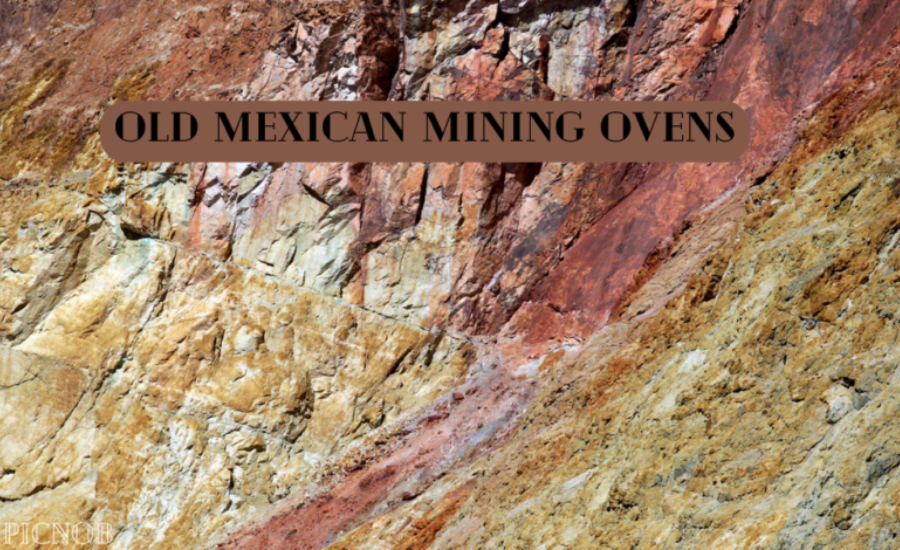Amidst the well-known aspects of this industry lie the old Mexican mining ovens, locally referred to as “hornos de cal.” These historical structures, though less frequently highlighted, were central to Mexico’s mining operations, particularly during the colonial and early post-colonial eras. This article delves into the fascinating history of these mining ovens, examining their architectural design and cultural significance. It reveals how these ovens were essential to the development of Mexico’s mining sector and their profound influence on the country’s economic and social fabric.
Historical Context of Mining Ovens in Mexico
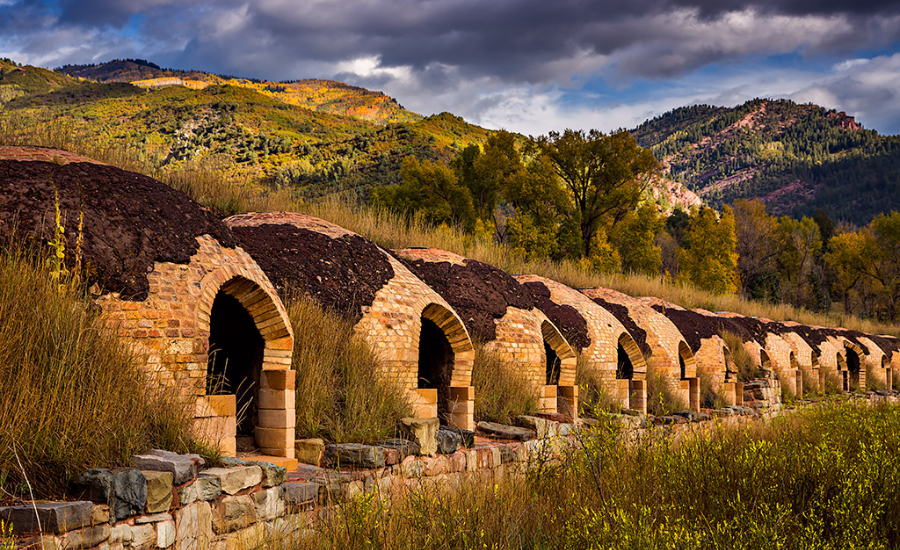
Colonial Era Mining Practices
During the colonial era, Mexico emerged as a prominent hub for the extraction of silver and other valuable minerals, driven by the rich deposits scattered across its mountainous terrain. These ovens, known as “hornos de cal,” played a critical role in the mining process. Lime was crucial for various stages of ore processing, including the separation of valuable metals from ore. The construction and operation of these ovens were fundamental to the efficiency and success of the mining industry during this era.
Post-Colonial Developments
As old mexican mining ovens transitioned into the post-colonial period, the mining industry continued to flourish, with the hornos de cal evolving alongside advancements in mining technology. The design and functionality of these ovens became more refined, reflecting improvements in ore processing techniques and shifts in the economic landscape. The evolution of the hornos de cal during this time underscores their ongoing importance in supporting the growth and modernization of Mexico’s mining sector. These enhancements not only improved the efficiency of mineral processing but also marked a significant development in the country’s industrial and economic history.
Architectural Design of Hornos de Cal
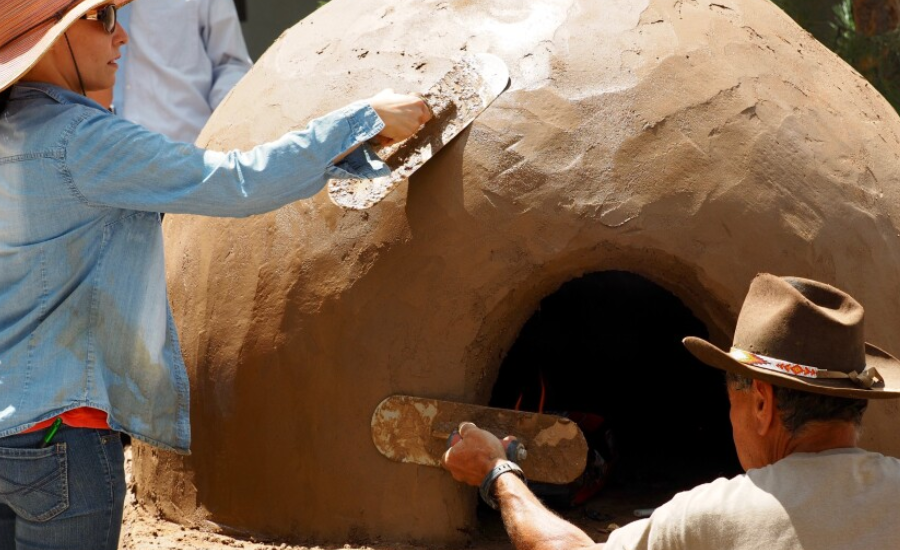
Traditional Construction Methods
These ovens typically featured a cylindrical or dome-shaped design, specifically engineered to endure the intense heat required for lime production. Building these structures was a labor-intensive process, relying on the expertise of skilled artisans who had a deep understanding of the necessary conditions for effective lime burning. Their craftsmanship ensured that the ovens were both functional and durable, reflecting the ingenuity and resourcefulness of early Mexican miners and builders.
Structural Features
The design of hornos de cal incorporated several essential features:
- Kiln Chamber: This was the central area where limestone was heated to produce lime. The chamber was constructed to withstand high temperatures and provide an efficient environment for the chemical transformation.
- Chimney: A vertical flue was included to allow the escape of smoke and gases, which was crucial for maintaining proper airflow and regulating the temperature within the kiln.
- Access Door: An entry point was provided for the loading of limestone and the removal of processed lime.
Despite their seemingly simple architecture, the hornos de cal played a pivotal role in the mining industry. Their design reflects the practical ingenuity of early Mexican miners and builders, highlighting their ability to create effective and durable solutions with the materials and knowledge available at the time.
Cultural Significance of Old Mexican Mining Ovens
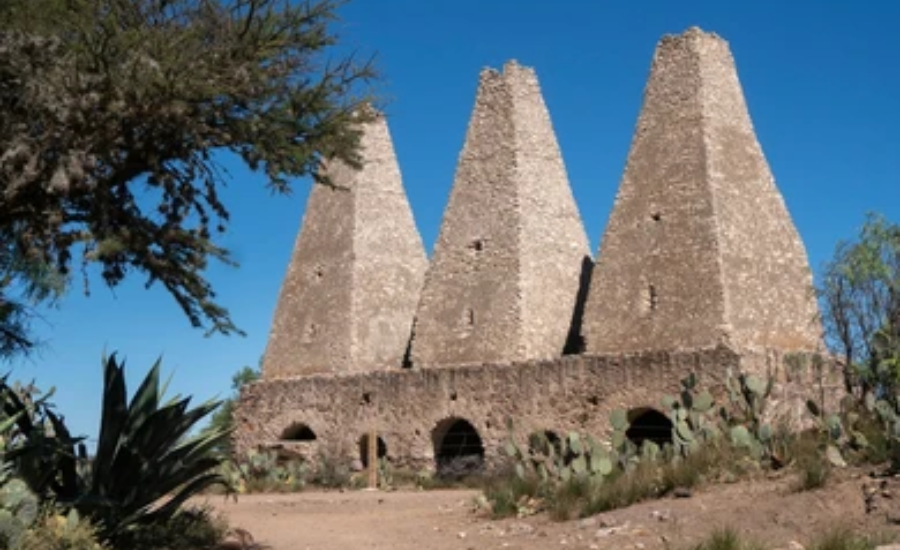
Economic Impact
Hornos de cal played a crucial role in the economic development of Mexico’s mining regions. Their ability to produce lime, an essential component in the processing of silver and other ores, made them indispensable to the success of the mining industry. This integral function of the ovens significantly boosted the efficiency and scale of mineral extraction, directly contributing to Mexico’s economic growth during both the colonial and early post-colonial periods. As a result, hornos de cal were key to the flourishing of Mexico’s mining economy, facilitating extensive mineral production and trade.
Social and Cultural Impact
Beyond their economic significance, hornos de cal held substantial social and cultural value within mining communities. These ovens often became iconic landmarks, representing the collective efforts and resilience of local miners. They stood as symbols of the hard work and dedication required in the challenging environment of mineral extraction. The presence of hornos de cal in these communities was not just a testament to their economic contribution but also a reflection of the communal spirit and cultural identity of those involved in the mining industry.
Preservation and Legacy
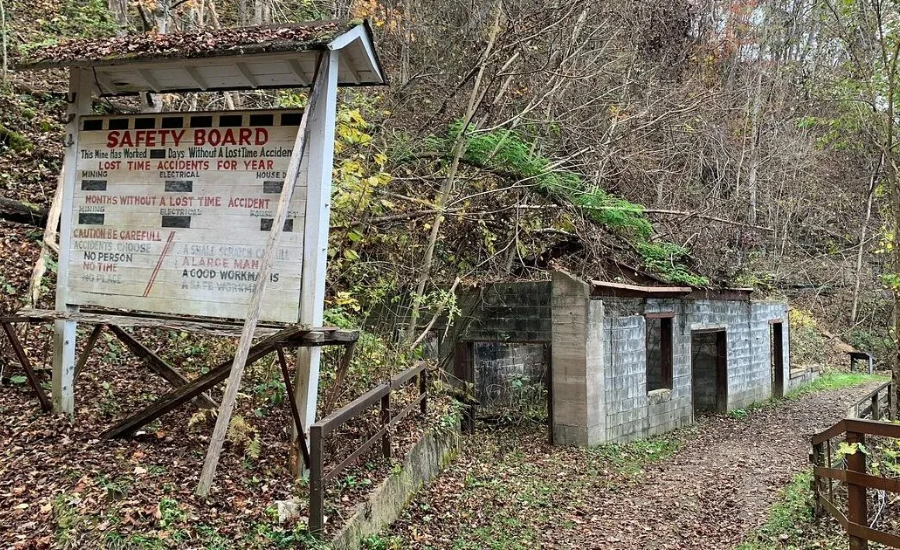
Efforts to Preserve Historical Ovens
These projects involve meticulous research and skilled craftsmanship to restore the ovens to their original state, honoring their role in Mexico’s mining history. By safeguarding these relics, we ensure that future generations can appreciate and learn from the rich legacy of hornos de cal.
Educational and Tourism Value
Hornos de cal have also gained importance as educational and tourism attractions. These tours offer valuable insights into the techniques and challenges of historical lime production, as well as the broader context of mining in Mexico’s development. By showcasing these ovens, preservation efforts not only enhance public understanding of the country’s mining heritage but also create a tangible link to the past. This educational value, combined with the growing interest in historical tourism, helps to highlight the cultural significance of Hornos de cal and their role in shaping Mexico’s history.
FAQS
1. What were hornos de cal used for in the mining industry?
Lime played a key role in separating valuable metals from ore and in various stages of ore processing.
2. How were hornos de cal constructed?
These ovens were typically built using locally sourced materials such as stone and clay. They featured a cylindrical or dome-shaped design to withstand the high temperatures needed for lime production. Skilled artisans crafted them using traditional techniques to ensure durability and functionality.
3. What was the significance of hornos de cal during the colonial era?
During the colonial era, hornos de cal were essential to the success of Old mexican mining ovensindustry. Their ability to produce lime efficiently supported large-scale mineral extraction, contributing significantly to Mexico’s economic growth during this period.
4. How did hornos de cal evolve in the post-colonial period?
In the post-colonial period, hornos de cal became more sophisticated, reflecting advancements in mining technology and changes in the economic landscape. These improvements enhanced their efficiency and highlighted their continued importance in Mexico’s mining industry.
5. Why are hornos de cal culturally significant?
Hornos de cal hold cultural significance as symbols of the hard work and resilience of mining communities. They often became landmarks within these communities, embodying both the economic and social aspects of mining life.
6. What efforts are being made to preserve hornos de cal?
Efforts to preserve Hornos de cal include restoration projects and historical studies aimed at maintaining their structural and historical integrity.
Conclusion
Hornos de cal are more than just historical relics; they are a testament to Mexico’s rich mining heritage and its significant contributions to global mineral production. These old Mexican mining ovens played a vital role in the economic and social development of the country during the colonial and early post-colonial periods. Their architectural design, constructed from local materials and reflecting traditional building methods, underscores the ingenuity and skill of early Mexican miners. Beyond their practical function, hornos de cal also hold cultural and social value, symbolizing the dedication and resilience of mining communities.
Stay in touch for more updates and alerts: Vents Tribune!

